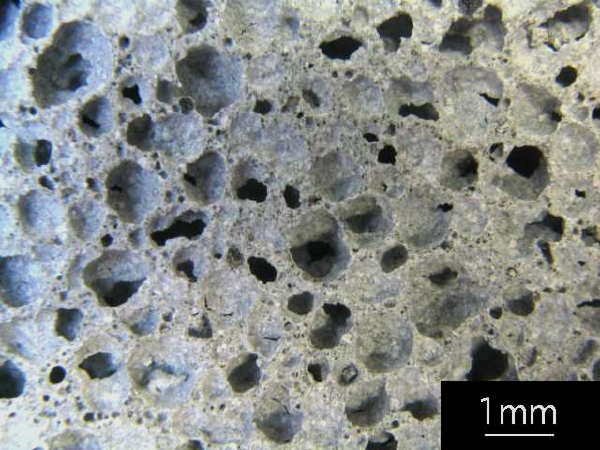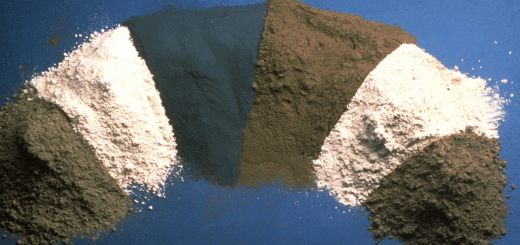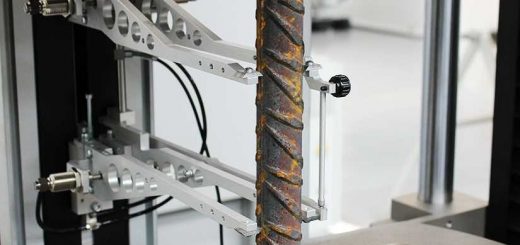Air Entraining Admixtures | Modernization of Concrete
Air entraining admixtures have proved incredibly beneficial in achieving the desired workability, strength, and durability of concrete mixes used in the construction of engineered structures. As civil engineers, it is important to understand the properties that these admixtures can bring to a concrete mix and how to ensure their effective and optimal use. In this blog article, we will explore the use of air entraining admixtures and the ways in which they can help to achieve the desired results for any construction project.
Air entrainment admixtures are substances added to concrete to create small bubbles of air in the mix. This has the effect of making the concrete more porous, and thus less dense. The main benefit of using air entrainment admixtures is that they can improve the workability of concrete, making it easier to place and finish. In addition, air entrainment can also reduce the water content of the concrete, which means that it is less likely to suffer from shrinkage cracks.
When used correctly, air entrainment admixtures can help to create a concrete mix that is strong, durable, and easy to work with. However, it is important to consider the implications of air entrainment on the construction process, in order to ensure that the concrete mix is suitable for the project at hand.
Influence of Air Entrainment Admixtures
- Improve the workability of Concrete
Having a bubble at a close spacing in the concrete reduces the friction between the cement particles. Thus, we could use the low water content as well as avoid the water-reducing admixtures as well for getting high workability.
- Reduce the strength of the concrete
Adding air to the concrete reduces its strength of the concrete. According to the experimental results, it appears the increase in the air concrete in the concrete by 1% reduces the compressive strength of the concrete by about 4-6%.
- Enhance the impermeability
- Reduce the segregation and bleeding
- Improve the resistance to scaling from deicing slats
- Improve the resistance to the deterioration from cyclic freezing and thawing
Other Advantages of Air Entraining Admixtures
In addition to the many benefits that air entraining admixtures bring to a concrete mix, they also have some important implications for the construction process.
Firstly, air entrainment reduces the density of the concrete, which means that it is easier to transport and place. This can be a significant advantage when working on large-scale projects where the concrete needs to be moved around a lot.
Secondly, air entrainment can also reduce the water content of the concrete, which means that it is less likely to suffer from shrinkage cracks. This is an important consideration for any construction project, as shrinkage cracks can potentially weaken the structure.
Finally, air entrainment can also improve the workability of the concrete, making it easier to place and finish.
While air entrainment admixtures offer many benefits, it is important to use them correctly in order to achieve the desired results. One of the most important considerations is the amount of air entrainment that is required for the specific mix design. This will vary depending on the type of concrete that is being used and the desired properties. Too much air entrainment can cause the concrete to be too porous and weak, while too little can result in a concrete mix that is difficult
It is clear that air entrainment admixtures can have a significant impact on the properties of concrete. When used correctly, they can help to create a mix that is strong, durable and easy to work with. However, it is important to consider the implications of air entrainment on the construction process, in order to ensure that the concrete mix is suitable for the project at hand.




